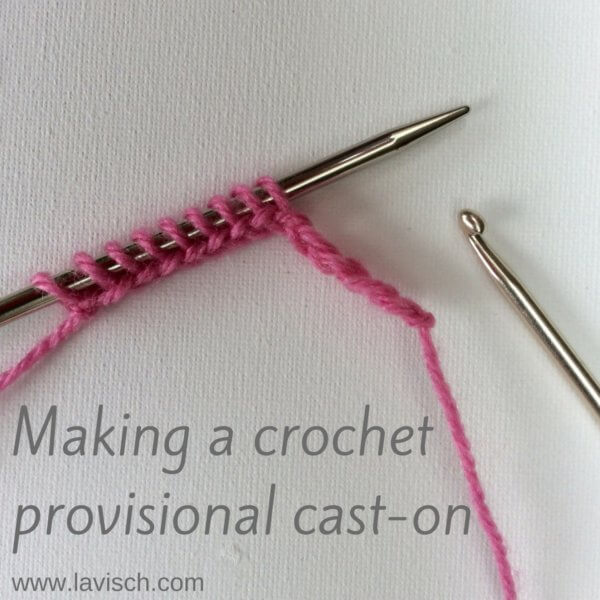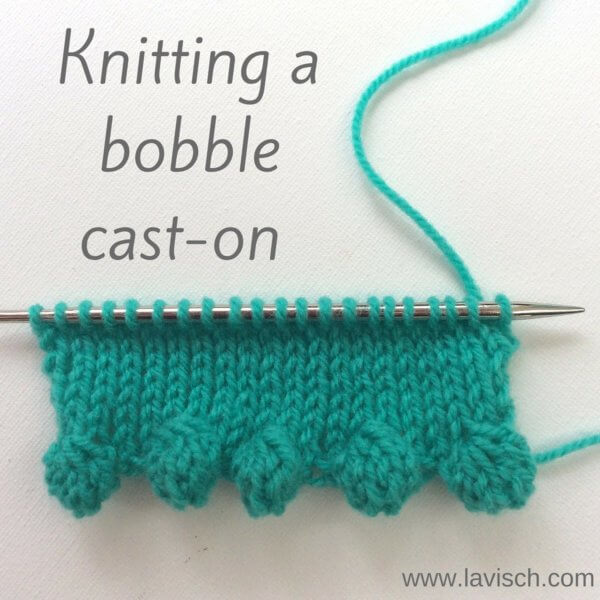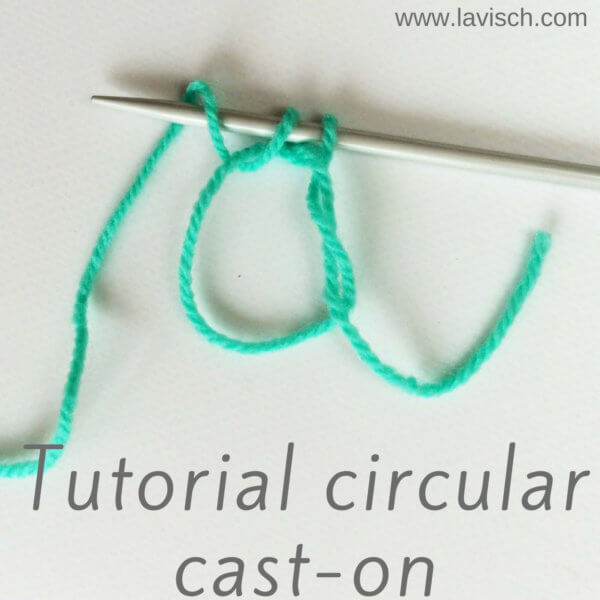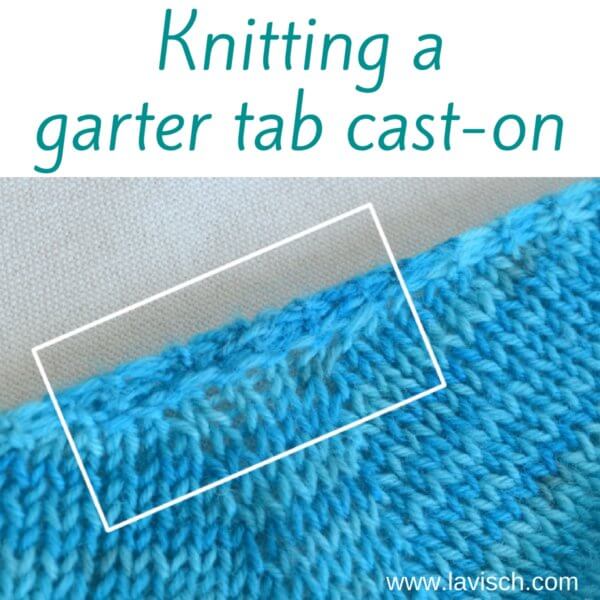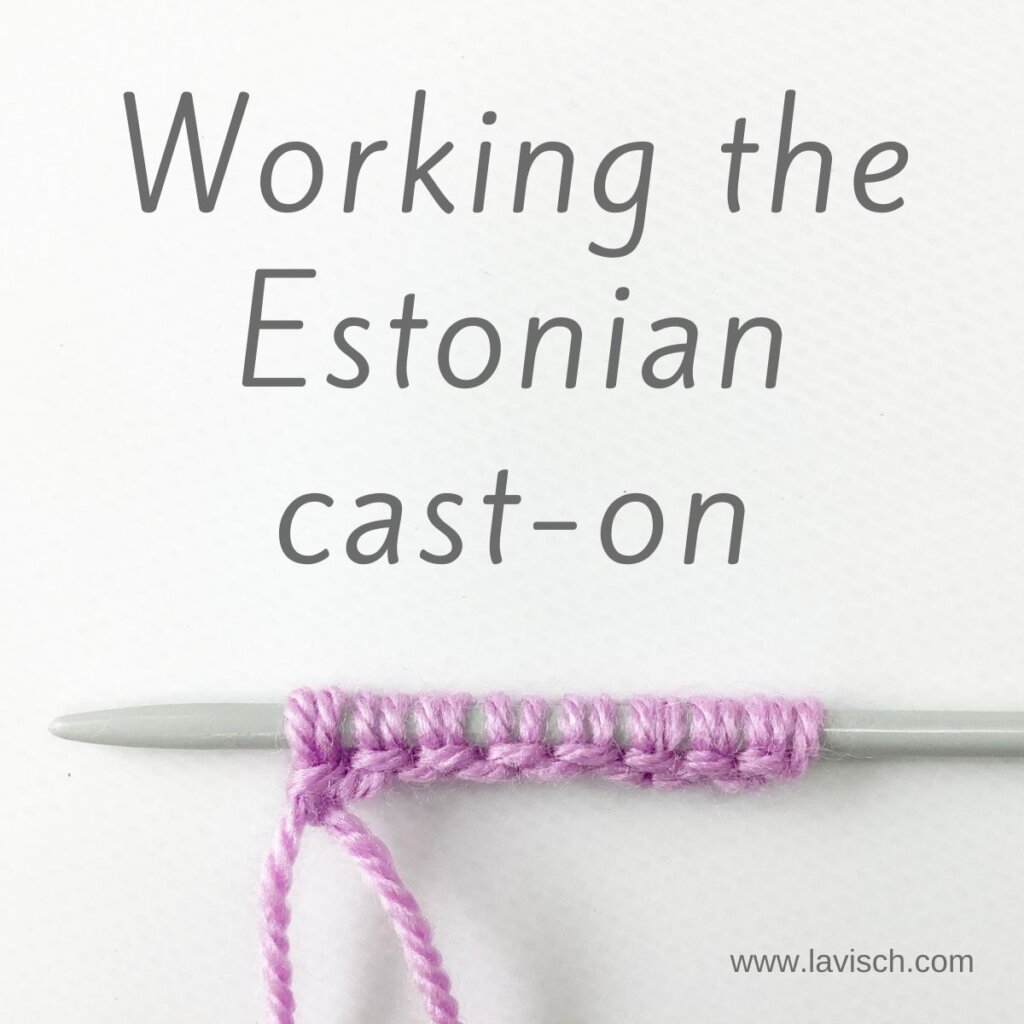
The Estonian cast-on is a long tail cast-on method for those projects that need some stretch at the edge. Think, for example, of socks, hats, and gloves or mittens. This particular cast-on has many names. It’s also referred to as the Latvian cast-on, the Double Start cast-on, and the German cast-on. As with all long tail cast-on methods, it can be a bit tricky to get the hang of. However, once you get the hang of it, it’s pretty fast to work.
The main challenge with this cast-on is that it uses its yarn tail together with the working yarn. In other words: if you don’t leave the tail long enough, you may run short of yarn to cast-on all needed stitches. This is especially bothersome when casting on many stitches. A rule of thumb is to leave a yarn tail that is 3 to 4 times as long as the width you want your work to become. A somewhat more reliable guesstimate can be made by casting on 10 stitches. Unravel those and leave a yarn tail in that length, multiplied as many times as needed to arrive at the number of required stitches. Plus a bit extra, of course, to weave in later on.
Another way to deal with it is not to calculate or guess anything, but just use 2 different strands of yarn. This can be from 2 different balls of yarn, or both ends of the same ball if you can find the end in the center.
Shall we go see how the cast-on is worked?
Materials used
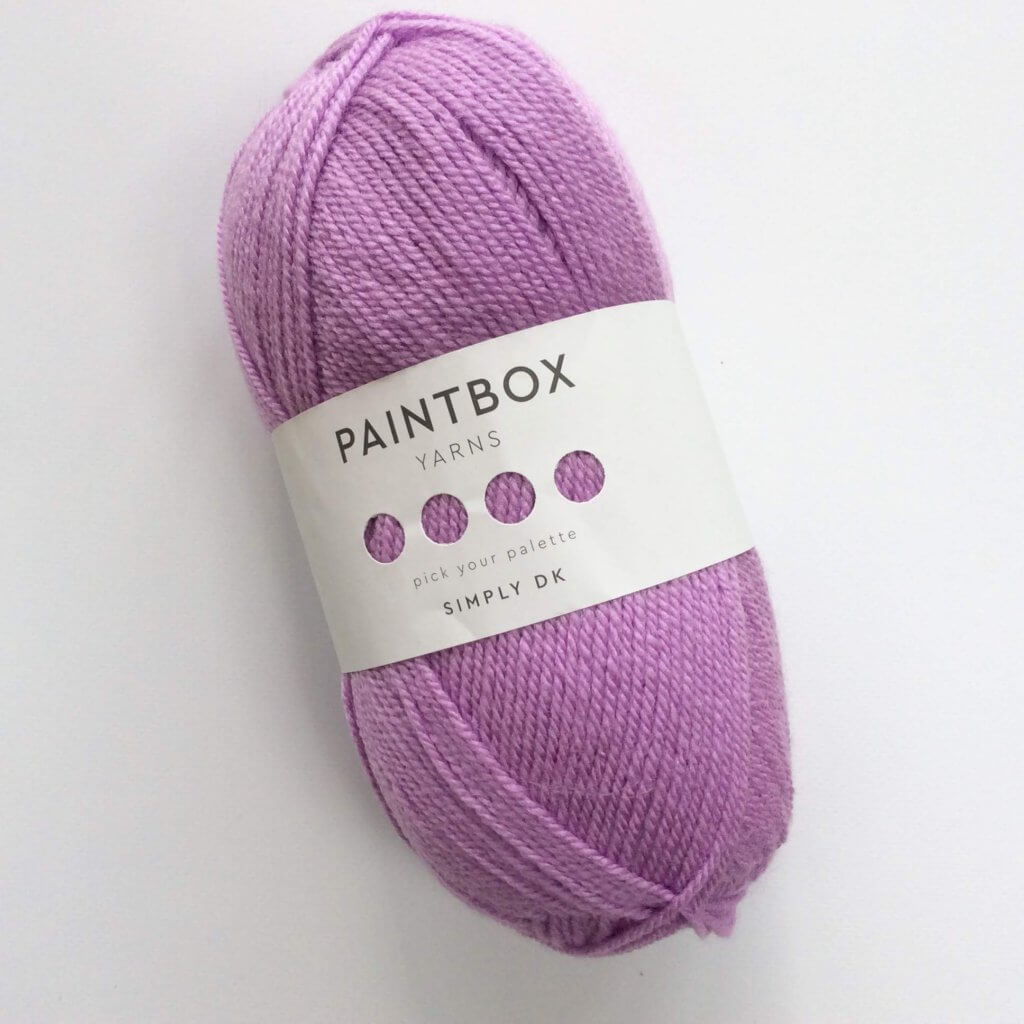
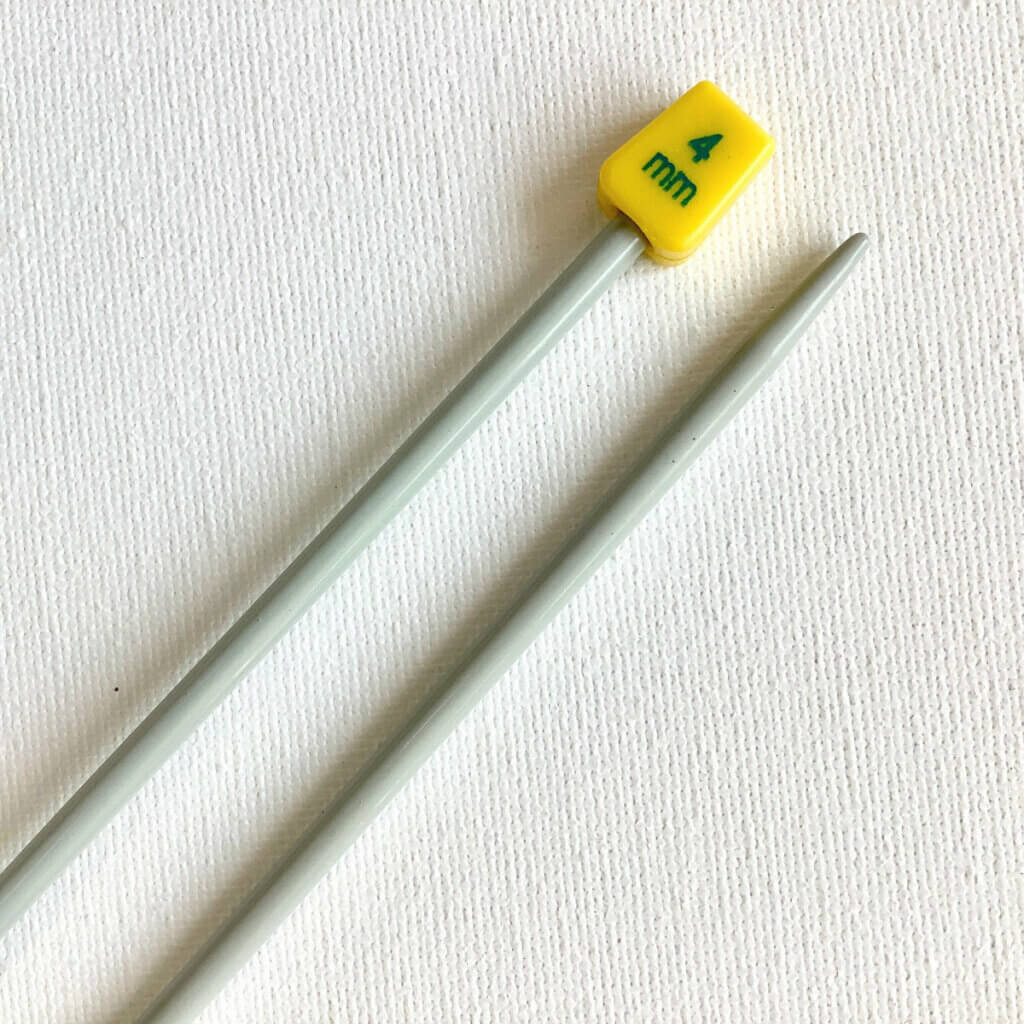
Yarn: Paintbox Yarns Simply DK, a good value, good quality 100% acrylic yarn, here in the color Tea Rose.
Needles: This is a pair of straights that I picked up at the second-hand store when I started knitting, brand unknown.
Working the Estonian cast-on step by step
Let’s get started on the Estonian tail cast-on!
- Start by holding the yarn around your thumb and index finger.
It isn’t very clear in the picture, but I’m holding the ball end of the yarn around my thumb and the yarn tail around my index finger.
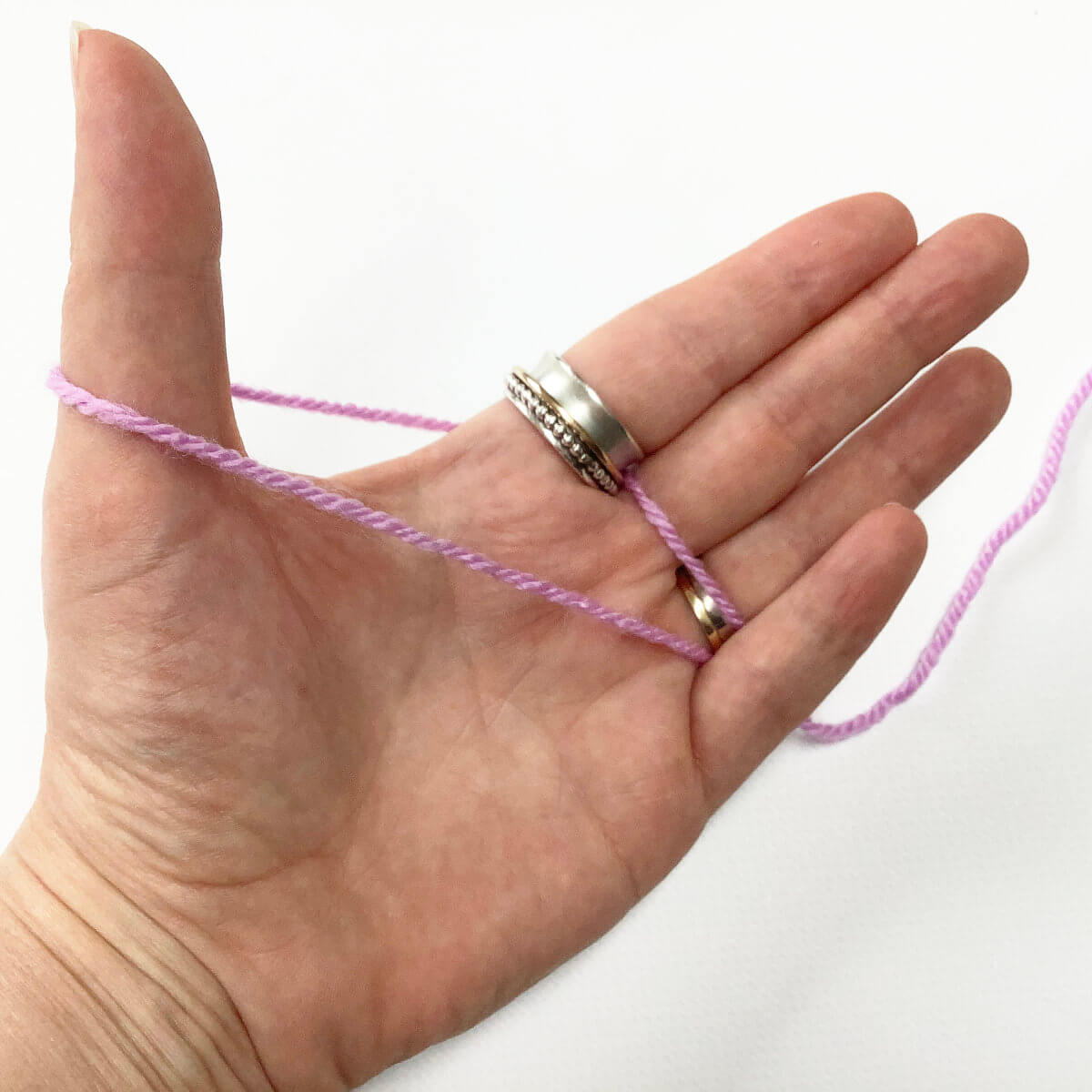
- Next, place your left thumb and index finger as shown, and position the needle against the yarn between your thumb and index finger.
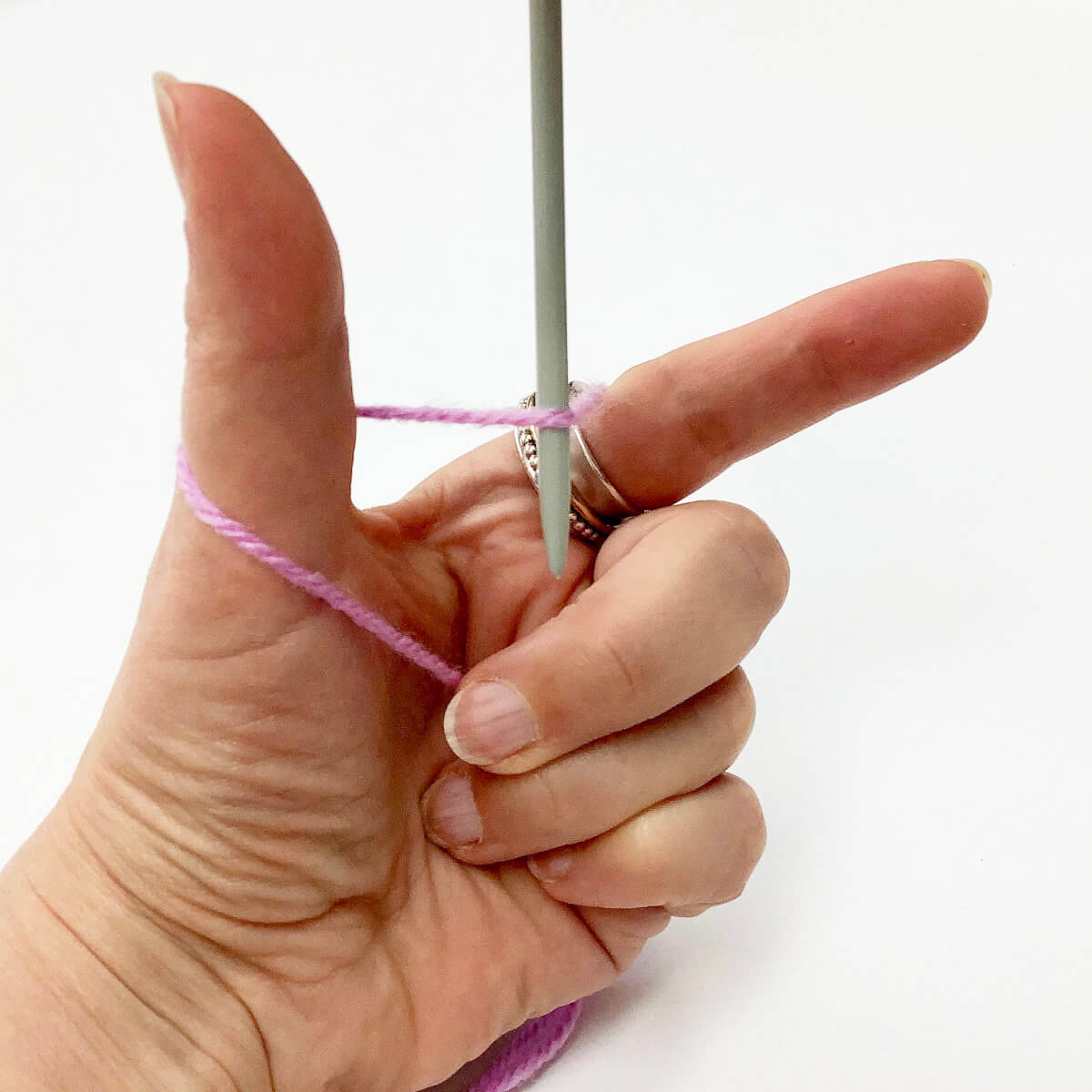
- In this next picture, I’ve rotated the needle downwards, twisting the yarn around it.
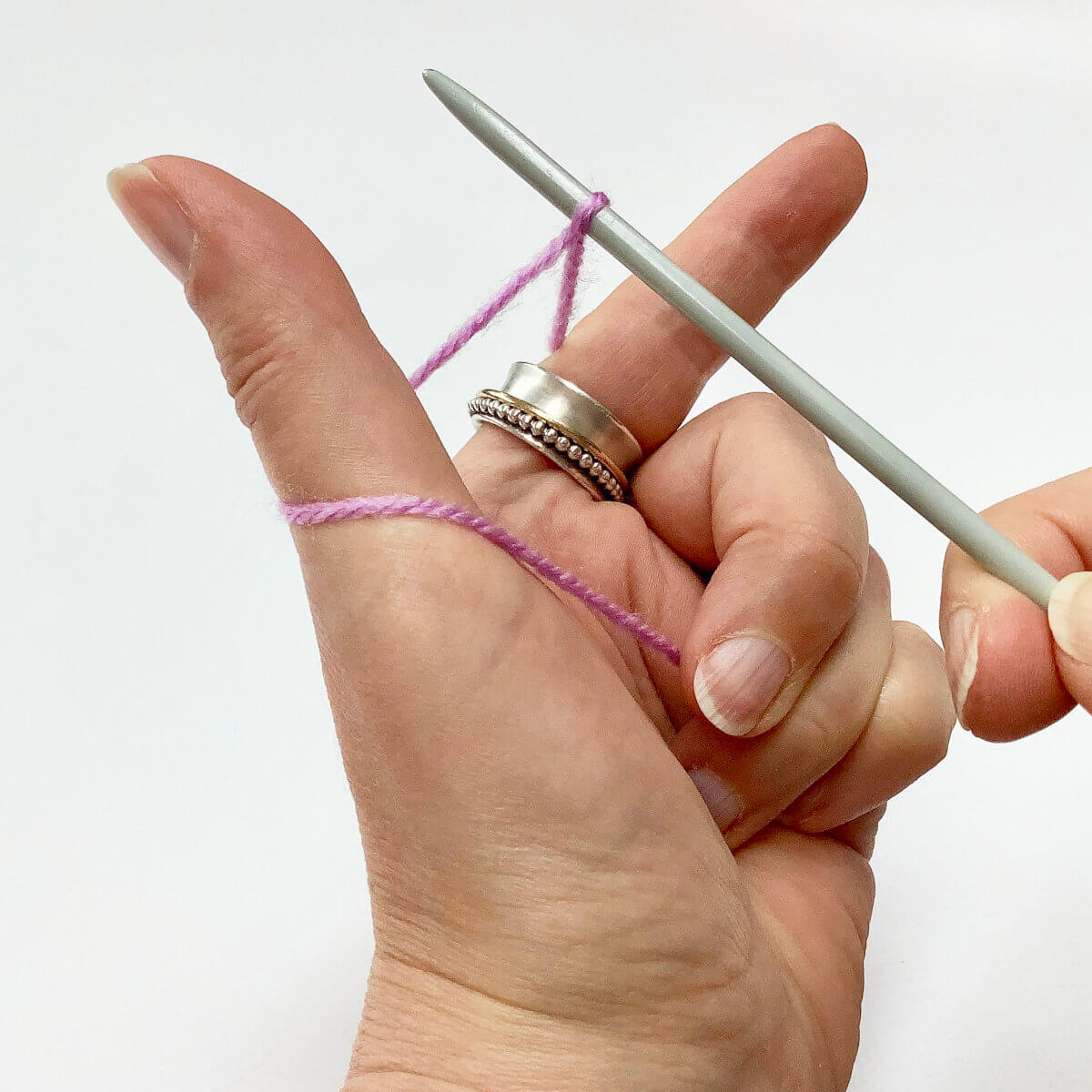
- In this picture, I’ve moved my right hand down. Doing this, the yarn basically makes a “v” between my thumb and index finger, making it possible to dip the tip of the needle underneath the strand of yarn you see going around my thumb.
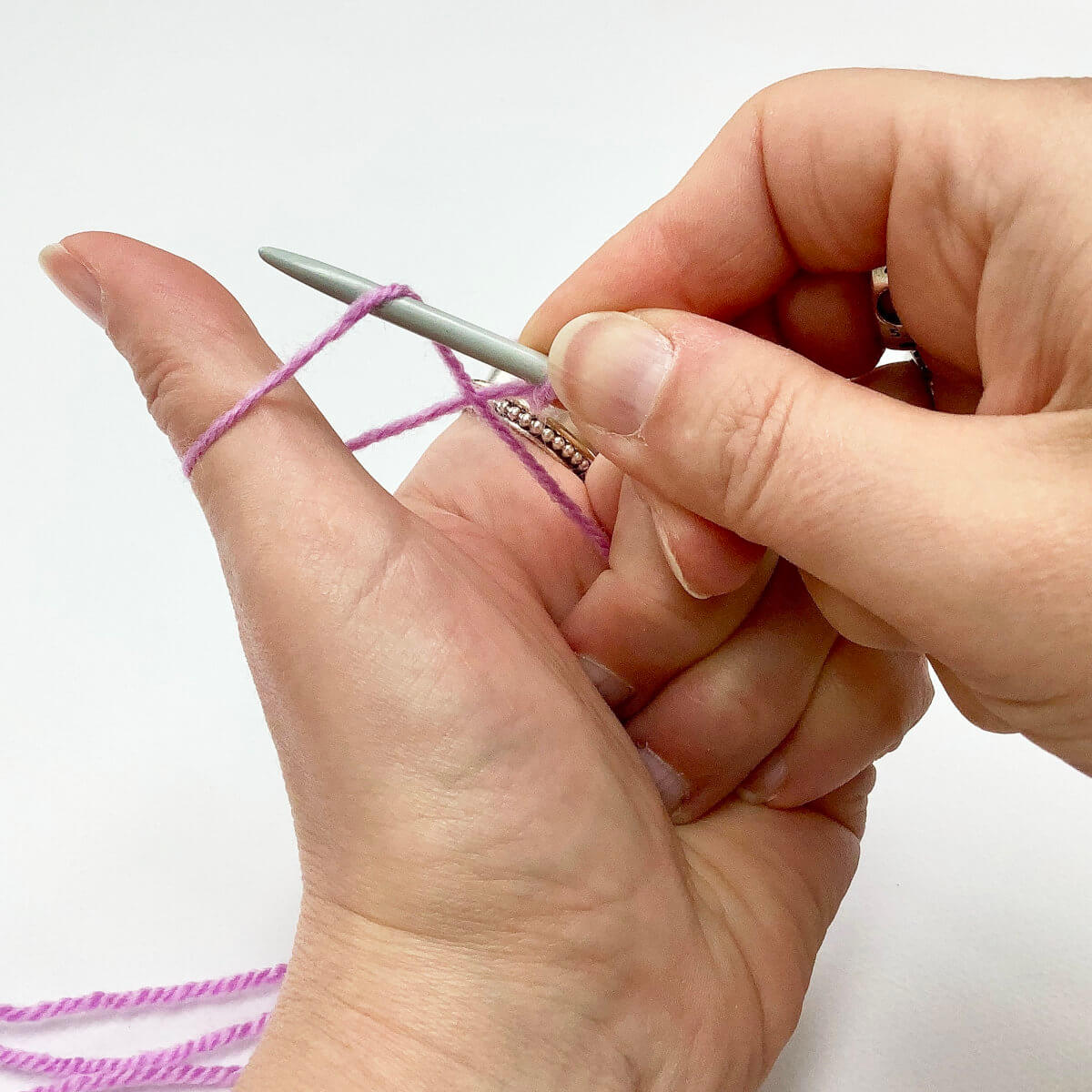
- Next, bring the needle over the top of the strand of yarn going around your index finger, and dip below it from right to left.
Now we’ve caught this strand too, it’s time for the next step.
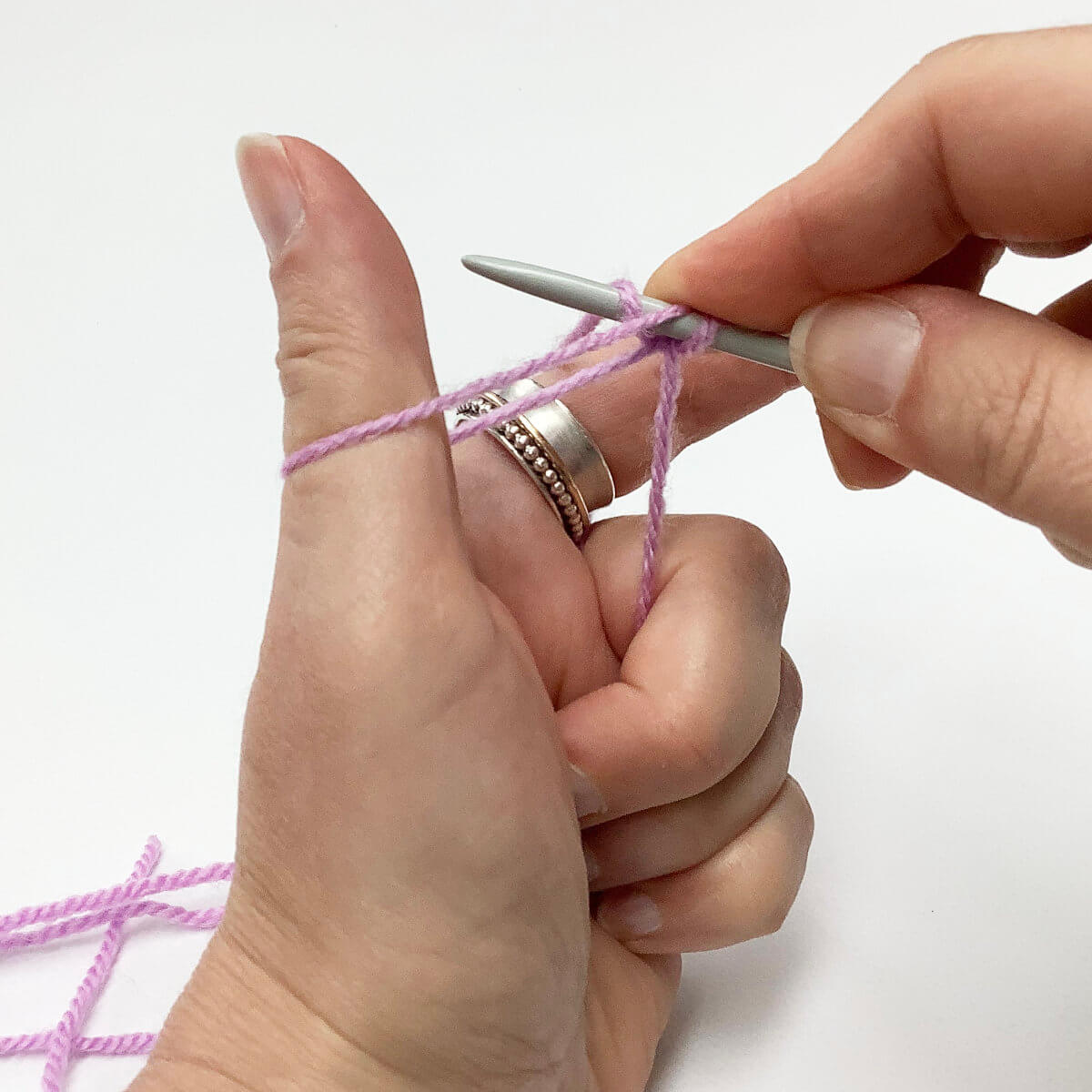
- Now we pull the last caught strand through the “thumb loop”.
This picture shows this step pretty well.
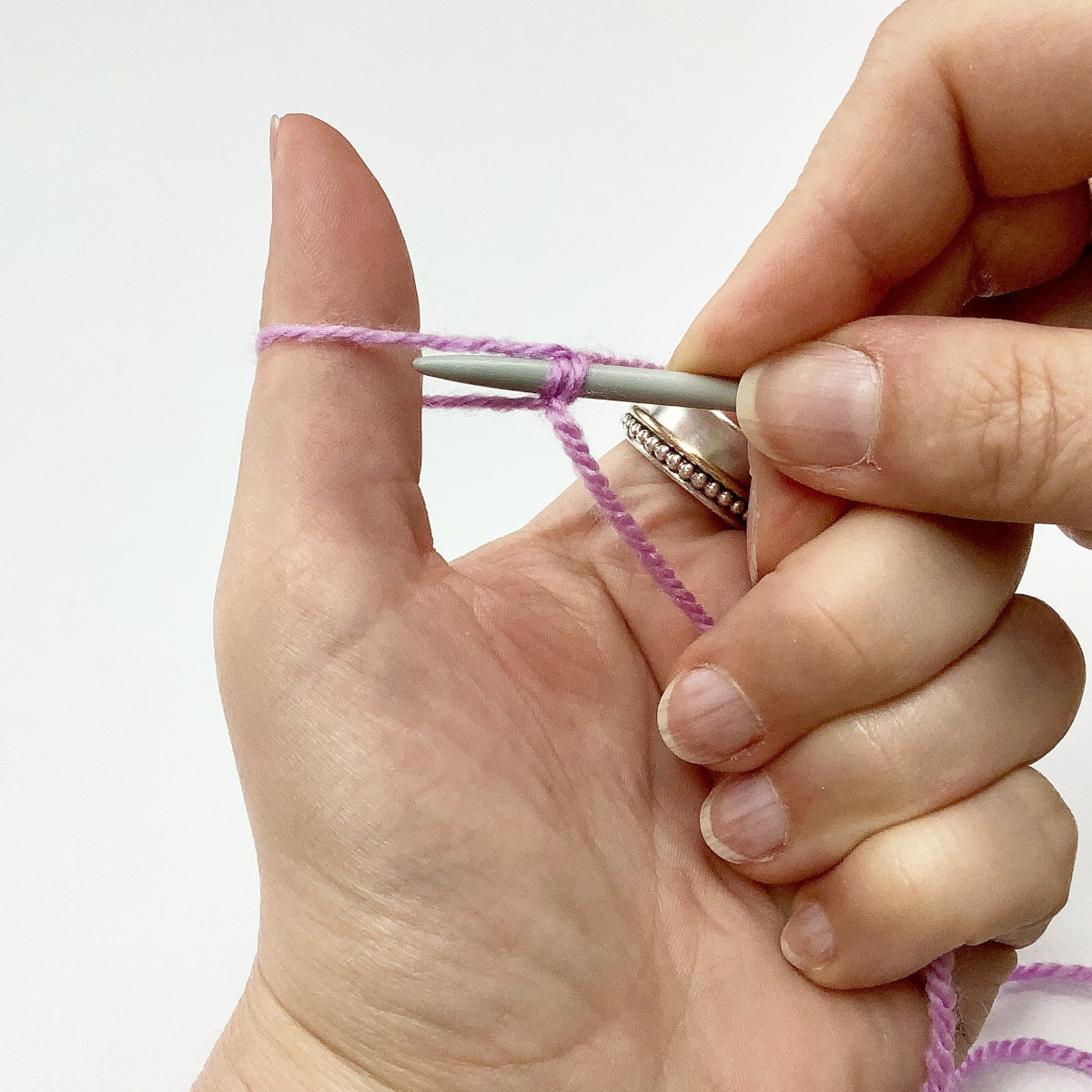
- To finish the new stitch, gently draw out your thumb from the loop, and tighten the stitch a bit by pulling on the strands.
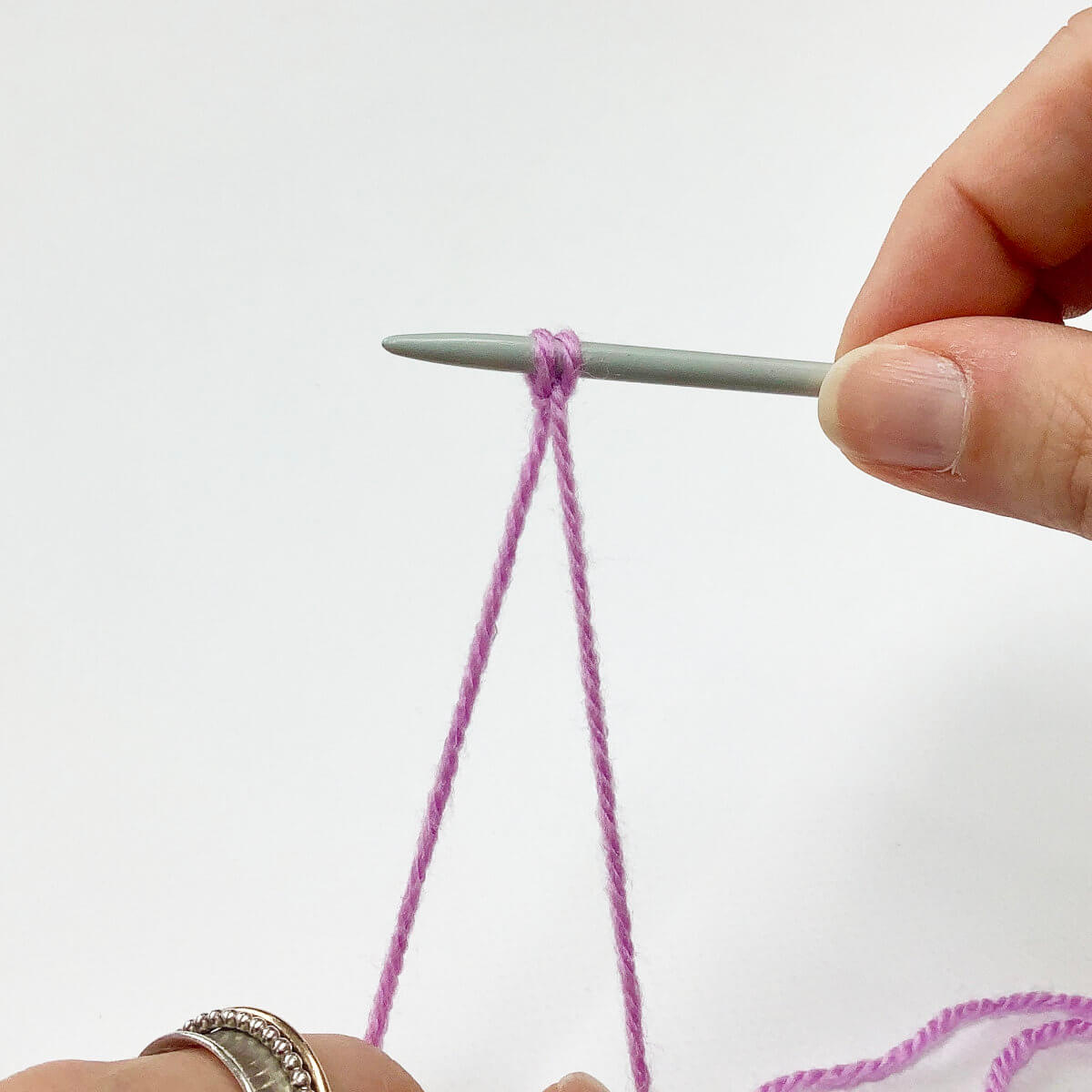
- Next, position the yarn around your thumb and index finger again, but this time wrap it around the opposite way.
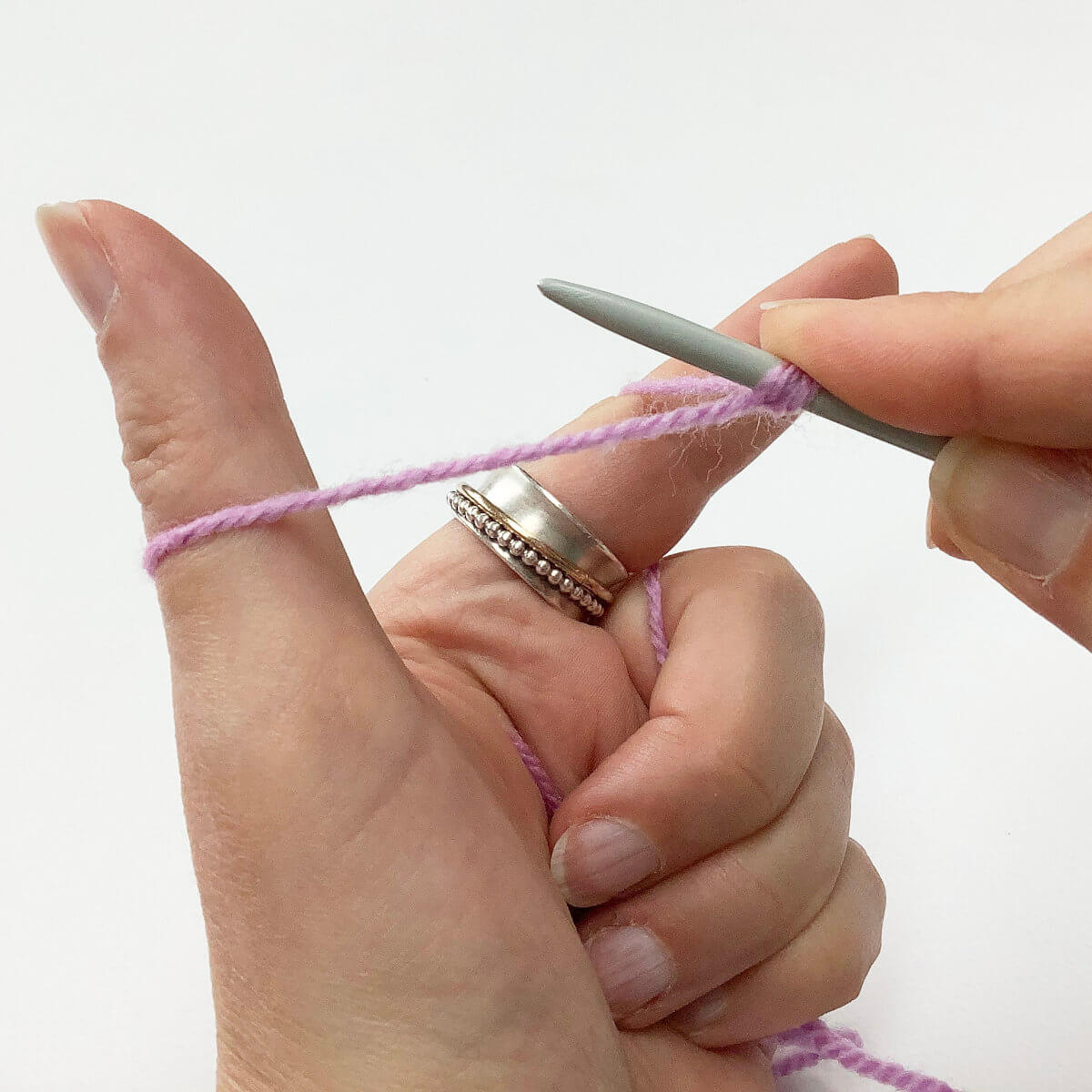
- Rotate your left-hand upwards, while moving the right hand down again to form a “v” between your thumb and index finger again. Then, place the tip of the needle underneath the top strand of yarn you see going around your thumb.
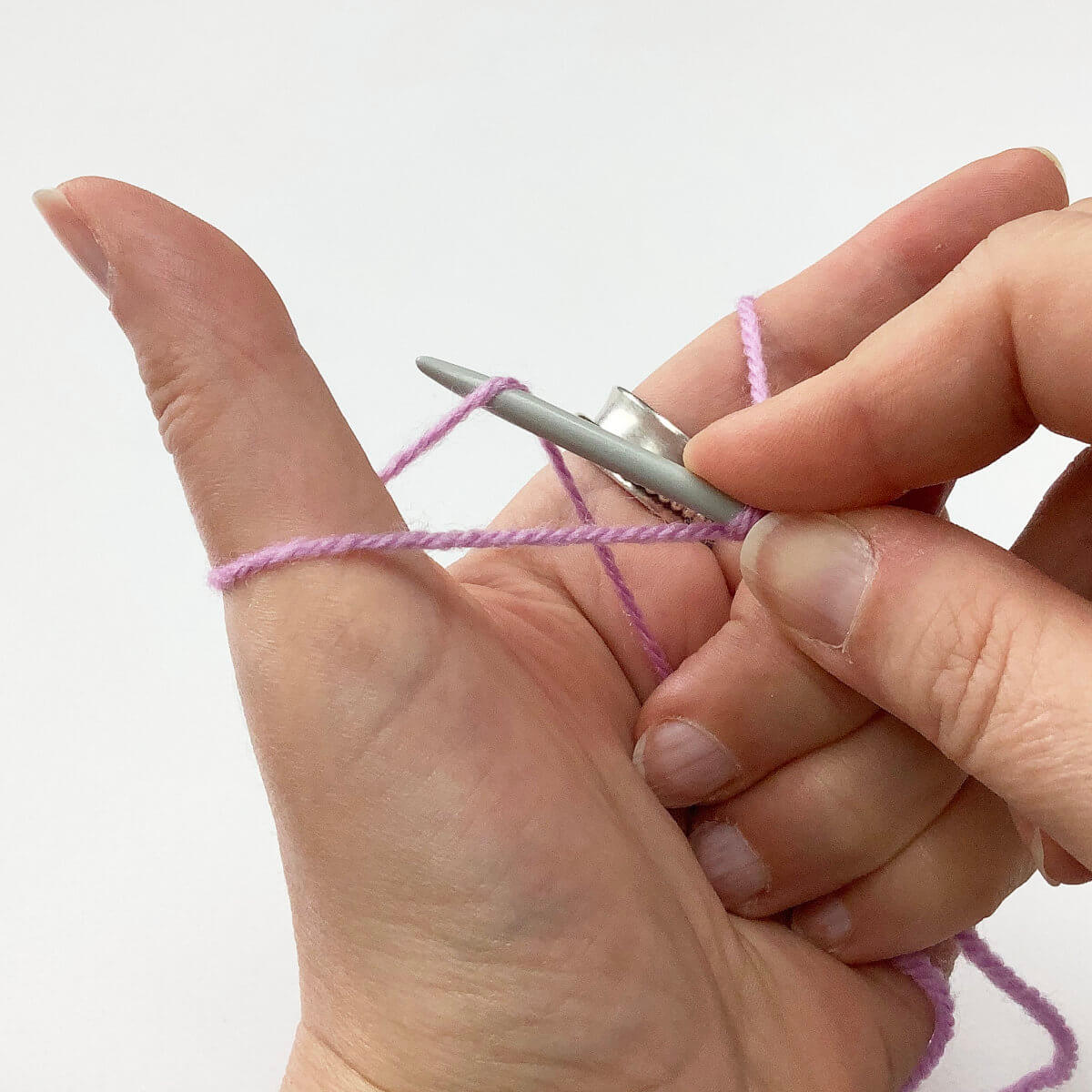
- Next, take the needle over the top of the strand of yarn going around your index finger, and dip below it from right to left.
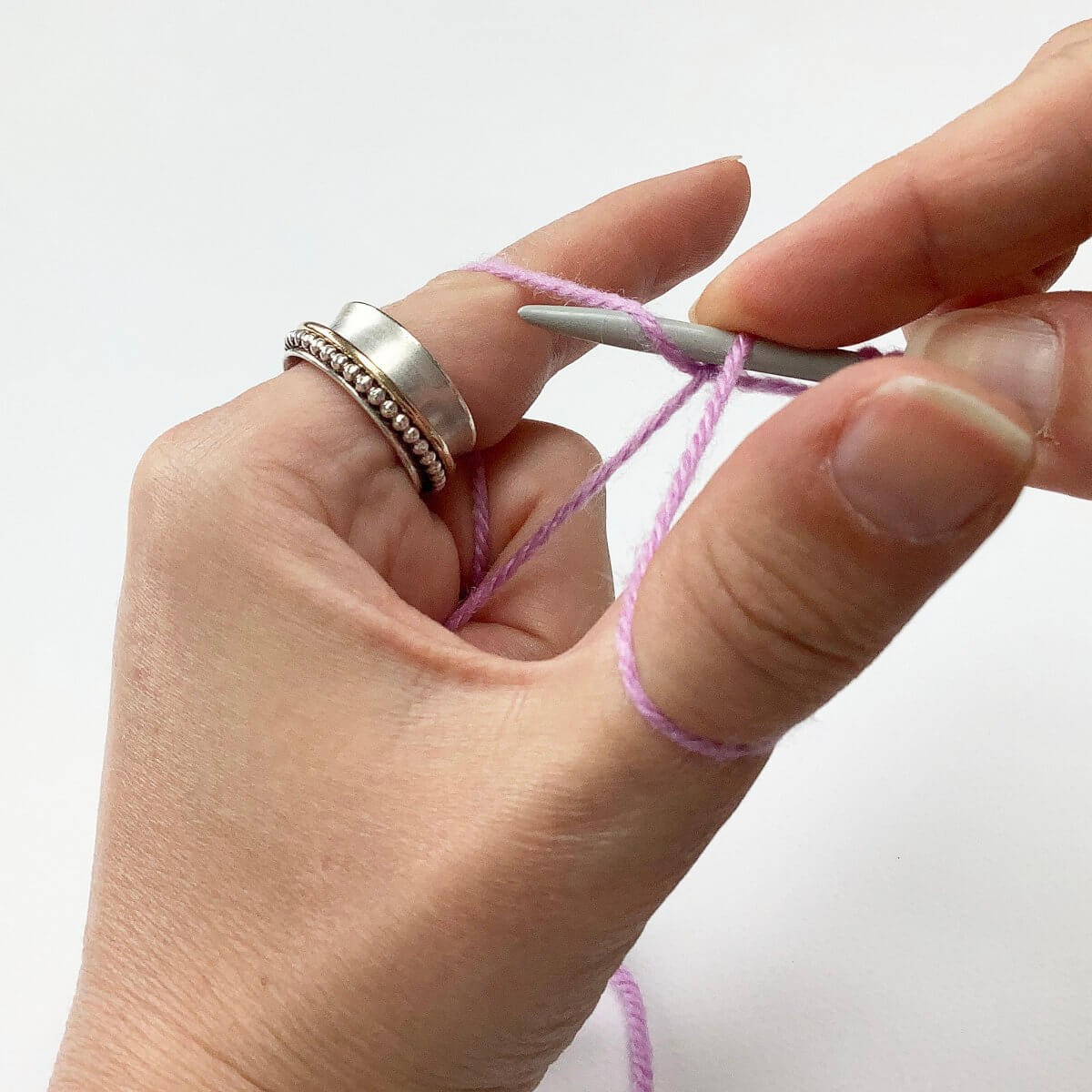
- Bring the needle back through the thumb loop…
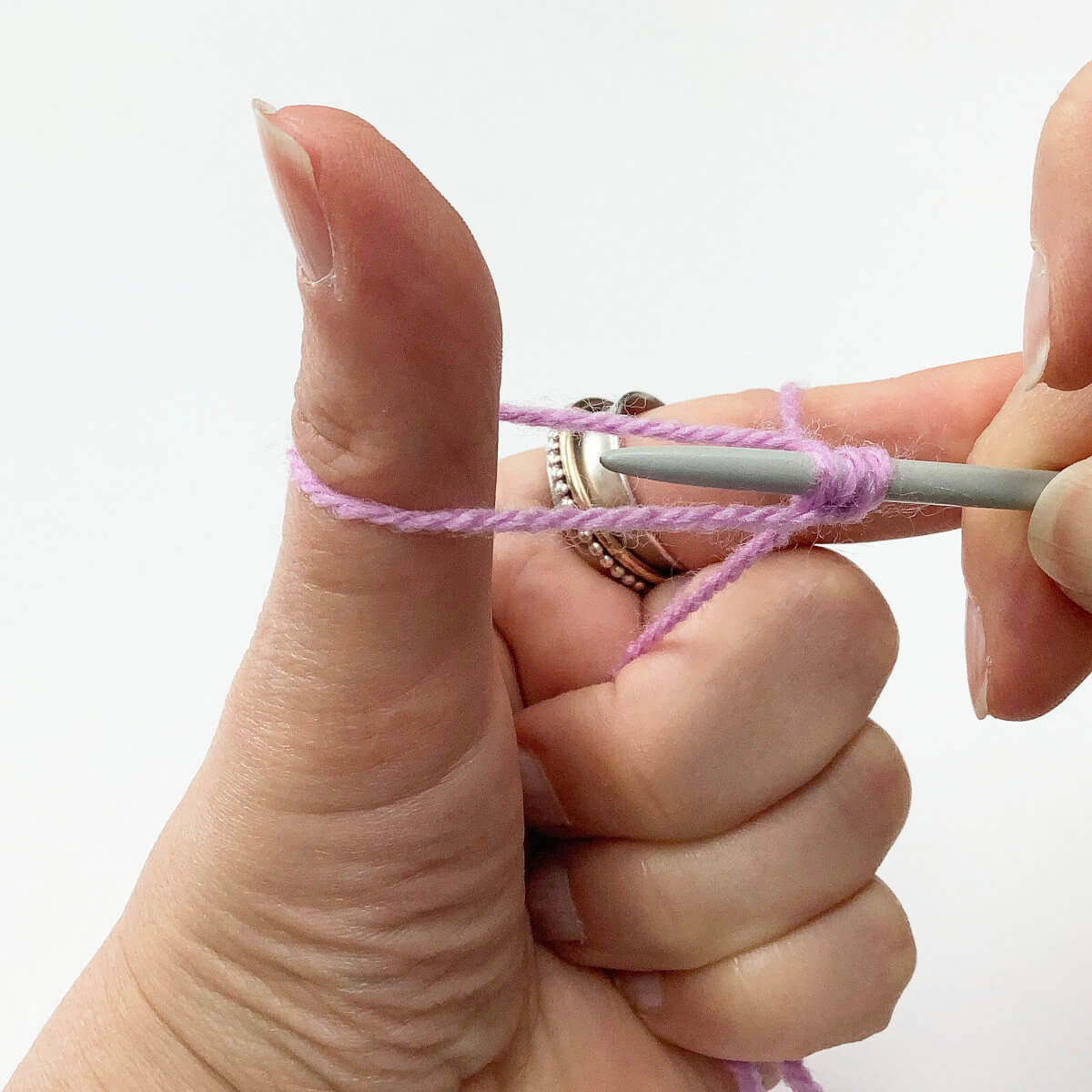
- …then drop the yarn from your thumb and tighten the stitch.
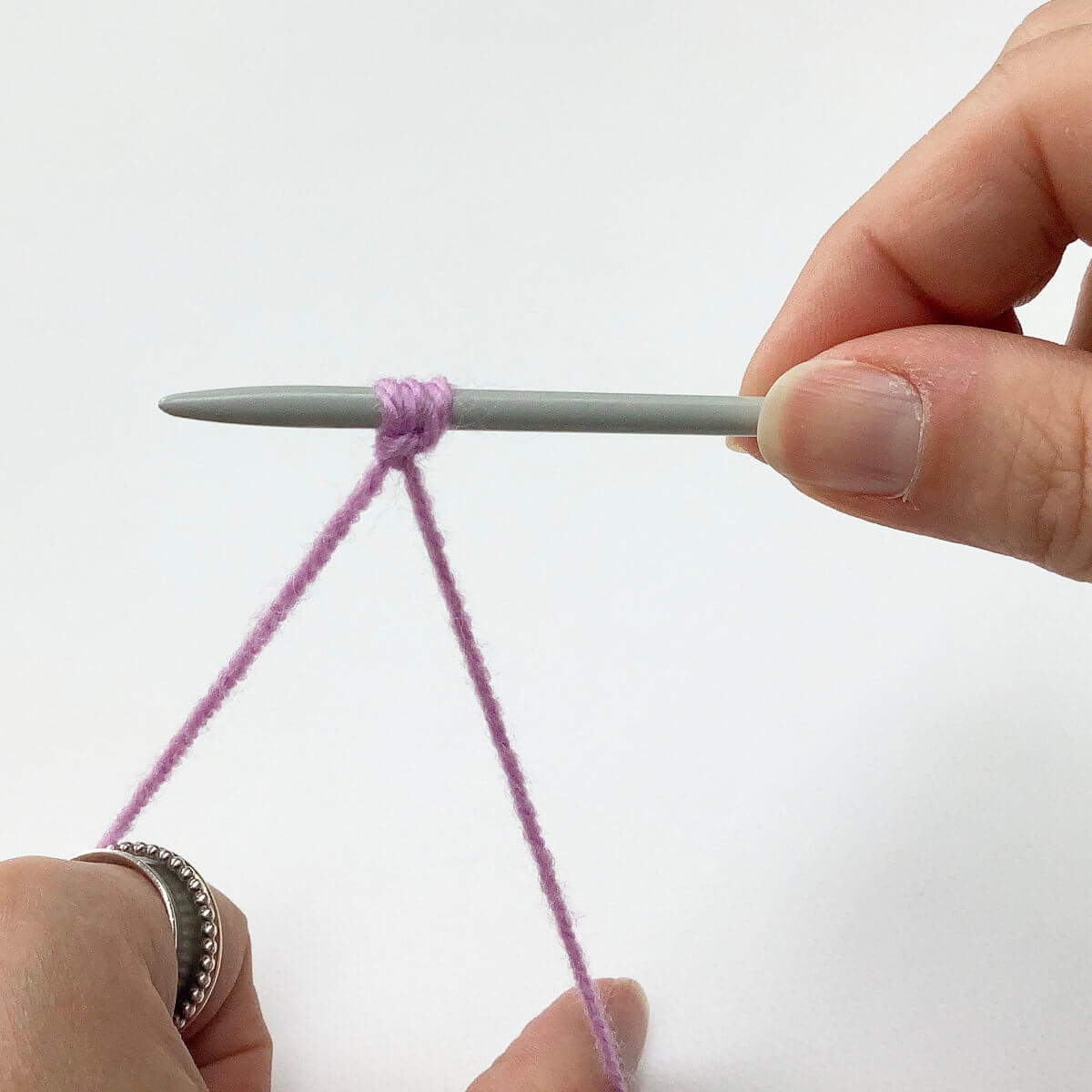
- Repeat steps 2 to 12 as often as needed to arrive at the desired number of stitches.
This is my result working the Estonian cast-on:
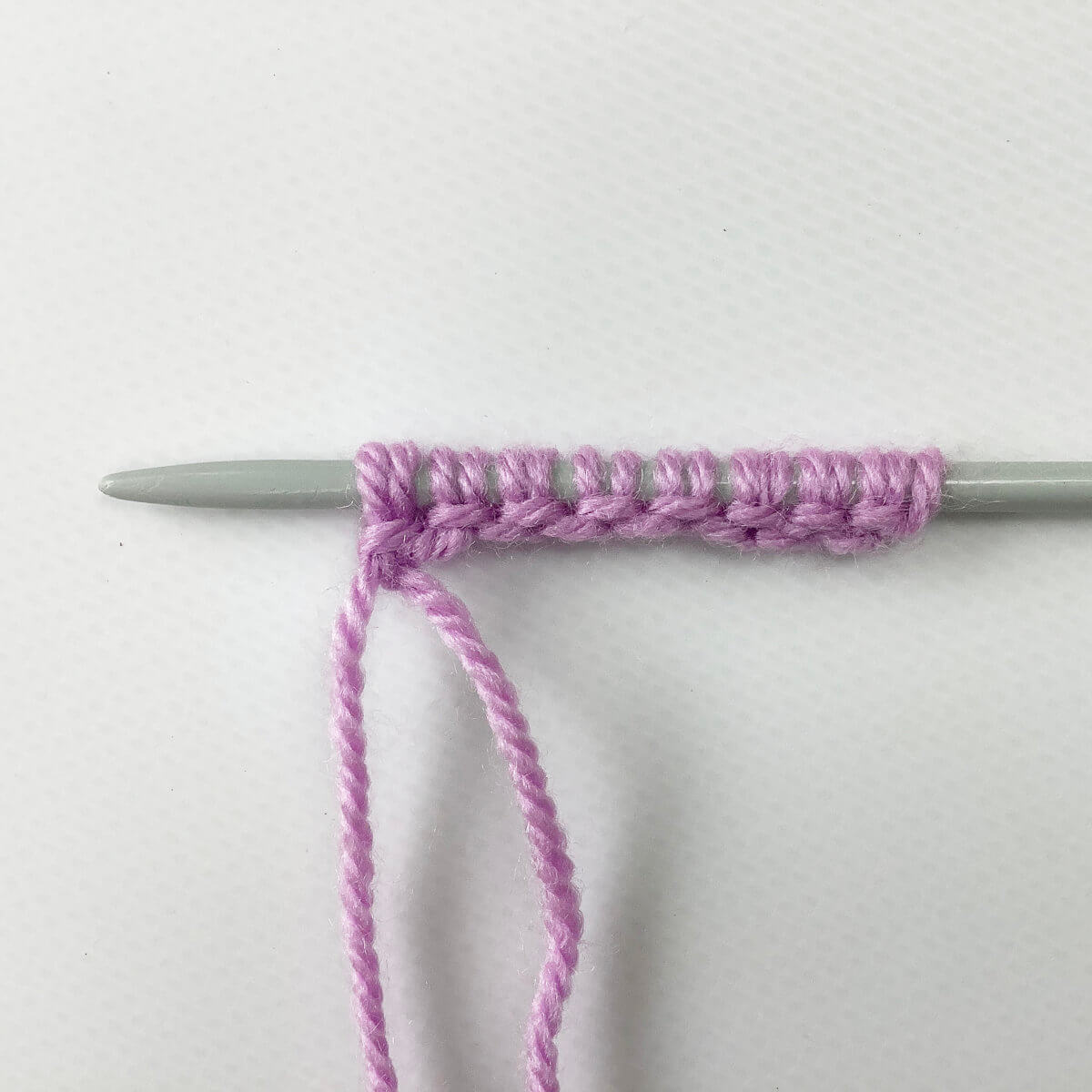

Thanks to my Patreon supporters for bringing you this freebie! Creating quality patterns and tutorials is a lot of work and resource-intensive. However, I find it important to give you free content like this tutorial. Thanks to the generous support of my Patreon supporters, I can make it happen. Thank you, patrons! Click here to join, or click here to read more about La Visch Designs on Patreon.

